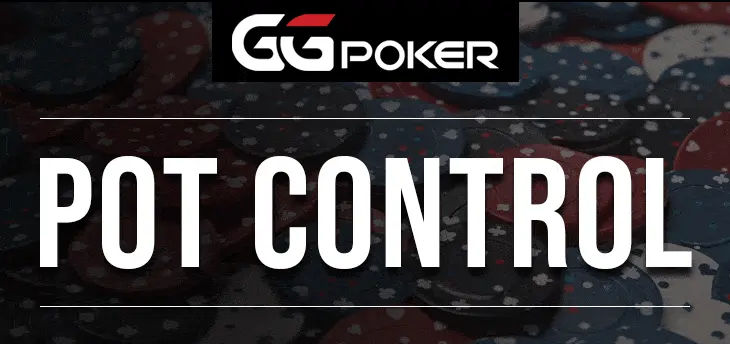
공유하다:
In the dynamic world of poker, strategy plays a pivotal role in achieving success, and one essential strategy every player should understand is pot control. This concept not only influences the way you manage your bets but also impacts your overall approach to the game. In this article, we will delve into what pot control means, why it’s crucial for your poker strategy, and provide practical examples of when to implement it. By the end, you’ll have a comprehensive understanding of how to effectively incorporate pot control into your gameplay.
What Is Pot Control?
At its core, pot control is a technique used to manage the size of the pot during a hand. This involves checking or making small bets with the intention of keeping the pot from growing too large, especially when you are uncertain about the strength of your hand compared to your opponents. The essence of pot control is about maintaining a manageable risk level while still engaging in the game.
When you opt for pot control, you’re typically working with marginal hands—those that may have some potential but are not strong enough to confidently bet large amounts. Examples of such hands include middle pairs, weak aces, or even overcards in certain situations. By checking or betting small, you aim to extract value from weaker hands without risking too much of your stack.
Why Is Pot Control Important?
Understanding and employing pot control can offer several significant advantages:
- Risk Management: One of the primary benefits of pot control is the ability to limit your losses. In poker, it’s crucial to protect your stack, and managing the pot size is a key part of that. By keeping the pot smaller, you reduce the risk of making a substantial investment with a hand that might not hold up against stronger opponents.
- Maximizing Value: Pot control allows you to extract maximum value from hands that have the potential to win but aren’t the strongest. When you check or make small bets, you encourage opponents with weaker hands to stay in the pot, thereby increasing your potential winnings when you do hit a strong hand.
- Strategic Flexibility: Maintaining control over the pot gives you the flexibility to reassess your strategy based on your opponents’ actions. If you sense weakness from your opponents, you can adjust your approach, either by increasing your aggression or maintaining a cautious stance to protect your stack.
When to Use Pot Control
Recognizing the right moments to implement pot control is vital for effective gameplay. Here are some scenarios where pot control is particularly advantageous:
- With Marginal Hands: If you find yourself holding a hand that’s decent but lacks the strength to confidently bet large amounts—such as a middle pair—checking or making a small bet can help keep the pot size manageable. This approach protects you from larger bets if an opponent turns up with a stronger hand.
- Against Aggressive Opponents: When facing players who frequently raise or bet aggressively, controlling the pot becomes essential. By opting for smaller bets or checks, you can prevent them from forcing you into tough decisions. This strategy allows you to gauge their strength without committing too many chips to the pot.
- On Draw-heavy Boards: The community cards can dramatically influence the strength of hands. If the board presents numerous potential draws (e.g., flush or straight possibilities), pot control is particularly useful. By keeping the pot smaller, you limit your financial exposure if an opponent completes their draw.
- In Late Position: If you’re playing from a late position, you can often leverage pot control more effectively. Observing how your opponents act before you allows you to gauge their strength and make informed decisions about whether to bet, check, or control the pot.
Conclusion
Mastering pot control is an indispensable part of a successful poker strategy. By understanding its significance and knowing when to apply it, you can navigate the complexities of the game more effectively. Pot control empowers you to manage risk, maximize value, and adapt your strategy in response to opponents’ actions. Remember, the goal is not just to win pots, but to protect your chips and play smartly over the long haul. With practice and awareness, you’ll find that pot control becomes a natural and integral part of your poker gameplay, leading to more consistent results at the table. Happy playing!












